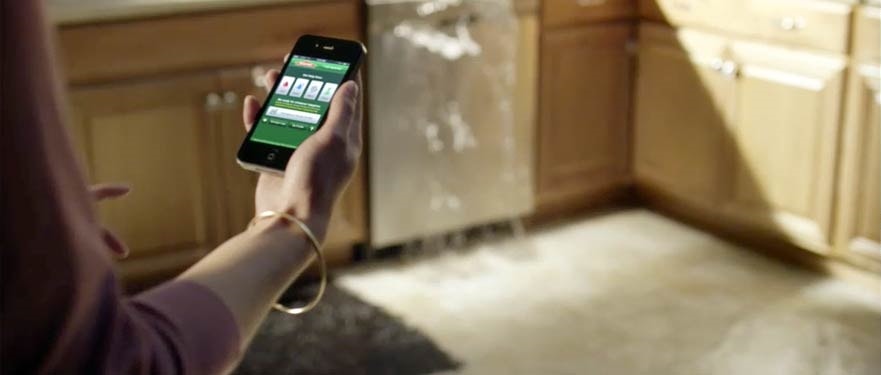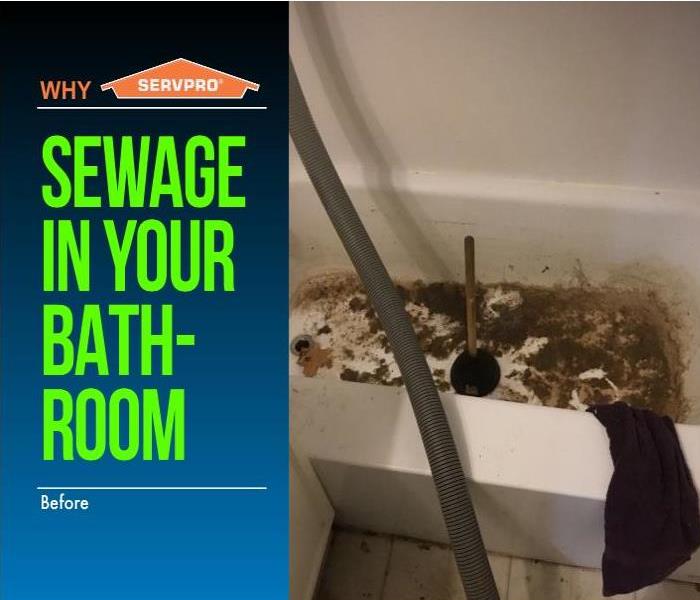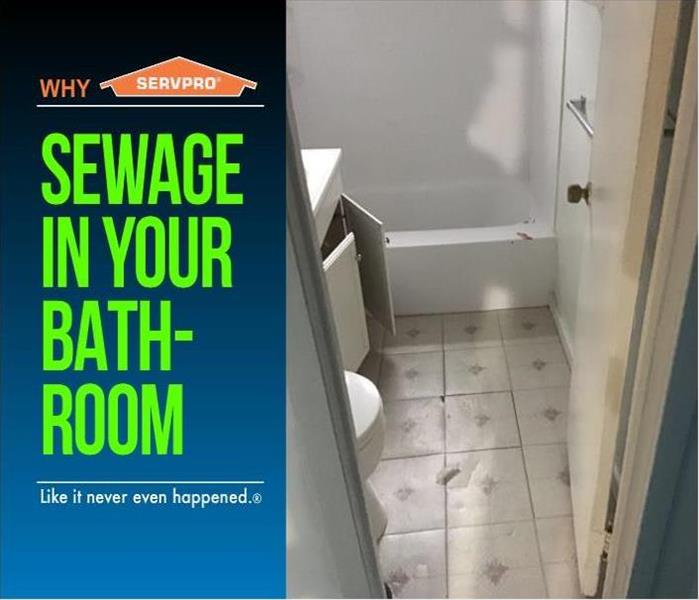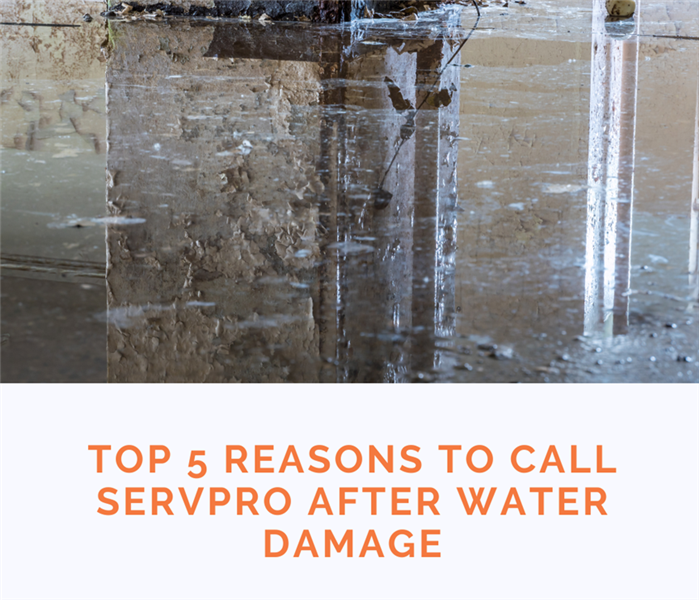
Water Damage Emergency Tips
What you can do until help arrives
Water Tips | Fire Tips | Biohazard Tips | Mold Tips
In the aftermath of water damage, prioritizing safety is paramount. Your first consideration should be the safety of your residence:
Assess whether it is safe to remain in the house, as water damage can introduce various hazards. Identify and mitigate electrical risks, as well as potential "slip and fall" hazards, which are among the most common concerns in such situations. Exercise caution and limit activities to those that are deemed safe for you to perform. Avoid engaging in tasks that may exacerbate risks or worsen the damage. Recognize that wet materials can be exceptionally heavy, posing a significant threat. Exercise extreme care when handling or moving items affected by water damage. By prioritizing safety, you not only protect yourself but also mitigate the risks associated with water damage. Electrical hazards, in particular, require immediate attention to prevent accidents and injuries. Additionally, the weight of wet materials can lead to unexpected challenges, emphasizing the importance of approaching cleanup and restoration with a vigilant eye on personal safety. Remember, taking precautionary measures and avoiding activities that may compromise your well-being are crucial steps in effectively addressing the aftermath of water damage.
Have A Water Damage Emergency? Call (617) 332-9000
What To Do After Flooding
- Remove excess water by mopping and blotting.
- Wipe excess water from wood furniture after removal of lamps and tabletop items.
- Remove and prop wet upholstery and cushions.
- Place aluminum foil or wood blocks between furniture legs and wet carpeting.
- Turn air conditioning on for maximum drying in summer.
- Remove colored rugs from wet carpeting.
- Remove art objects to a safe, dry place.
- Gather loose items from floors.
What NOT To Do After Flooding
- Don't leave wet fabrics in place. Hang furs and leather goods.
- Don't leave books, magazines or other colored items on wet carpet or floors.
- Don't use your household vacuum to remove water.
- Don't use television or other household appliances.
- Don't turn on ceiling fixtures if ceiling is wet, and keep out of rooms where ceilings are sagging.






 24/7 Emergency Service
24/7 Emergency Service





